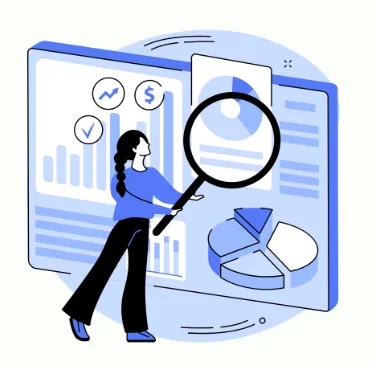“Vendor Data Security: Top Risks & Best Practices for Safe Sharing”
Data Risk in Vendor Relationships: The Hidden Costs of Sharing Too Much
When partnering with vendors—especially in marketing, lead generation, or call analytics—it’s easy to overlook how much data you’re handing over and what that really means for your business. While data sharing is often necessary for optimization and performance, it also opens the door to serious exposure and competitive risk.
The more data a vendor asks for, the greater the potential for misuse, leakage, or unintended consequences. Even well-meaning vendors can become liabilities when data governance isn’t clearly defined, especially if your data ends up being used to benefit other clients or train proprietary systems.
Let’s break down the risks, and what you should consider before hitting “send” on that spreadsheet.
The Risk of Data Overexposure
When vendors request detailed client data, performance metrics, or historical lead information, it often comes from a place of operational necessity—they want to optimize ad targeting, avoid duplicate outreach, or improve call scripts. But this comes with a Catch-22:
The more data they need to do the job well, the more power they hold—and the greater the risk to your business if that power is misused.
- Loss of Competitive Advantage: Vendors can use your performance data (what converts, what doesn’t) to fine-tune their strategies—and potentially share those insights with your competitors.
- Client List Misuse: A vendor may need your client list to avoid overlap or cannibalization, but what happens to that data afterward?
- Shadow Marketing Tactics: Vendors might re-market to known duplicates, build lookalike audiences, or apply your sales patterns to other campaigns.
- Data Commingling: Without strict isolation, your data may be stored in systems where it can be accidentally or intentionally accessed alongside other clients’ data.
- AI and Model Training: Some vendors use client data to train machine learning models, creating a “shared brain” that benefits all clients—at your expense.
- Insufficient Access Controls: Internally, who has access? Are there safeguards, logging, or monitoring for insider abuse?
- Legal and Regulatory Risks: Storing or processing data in jurisdictions with weaker privacy laws can lead to compliance violations (HIPAA, CCPA, GDPR, etc.).
- Contractual Loopholes: Many agreements lack strong clauses around data use, retention, and deletion—meaning your data might outlive the relationship.
- Post-Termination Risk: Vendors that go bankrupt or are acquired may retain your data as part of their assets—unless your contract says otherwise.
✅ Vendor Data Risk Checklist
Here’s a condensed list of key questions to ask before giving your vendor access to sensitive data:
- What specific data do you need, and why?
- Will any of this data be stored, and for how long?
- Is our data isolated from other clients?
- Do you use our data to train models or optimize services for others?
- Who inside your organization has access to our data?
- Are you using subprocessors or third-party tools that will access this data?
- Where is the data stored and processed? (Jurisdiction matters.)
- Can we audit or review how our data is handled?
- What happens to our data if we terminate the relationship?
- Can you commit to a contractual clause that restricts reuse or redistribution?
Final Thoughts
Data is a powerful asset—and a powerful liability. When you share it with a vendor, you’re not just enabling them to do their job; you’re trusting them with part of your business’s DNA. Treat that trust carefully, and don’t hesitate to push for transparency, boundaries, and accountability.
